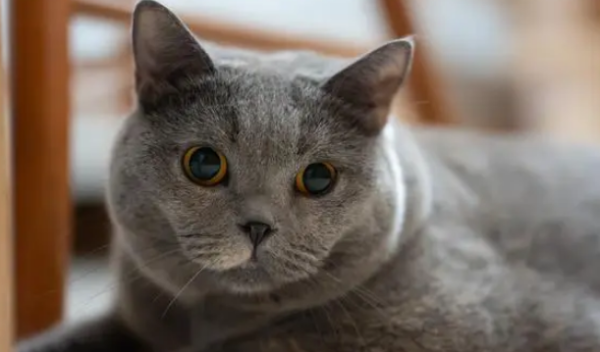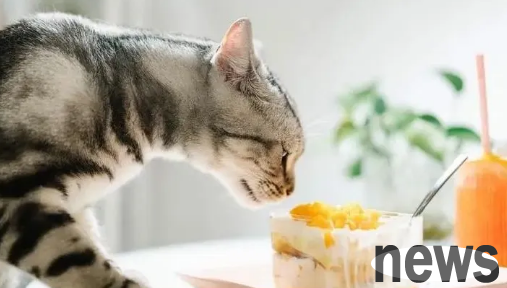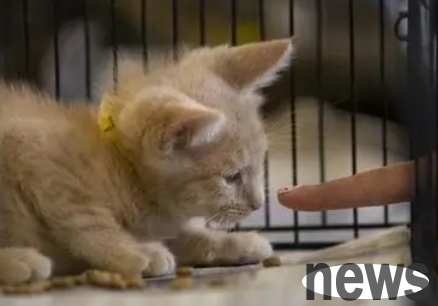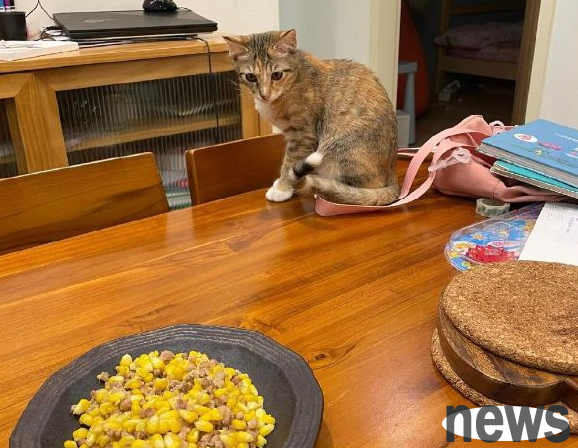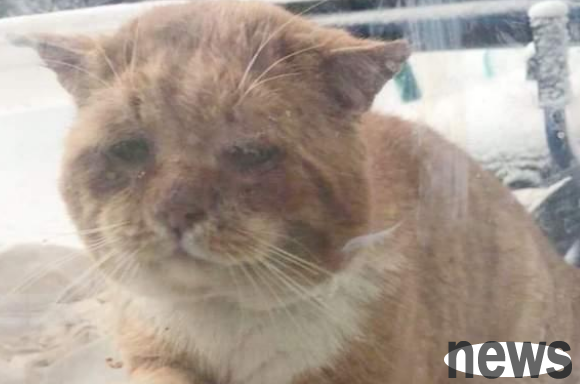Apply gabapentin in cats – ensure the correct dose
Dose Overview
Although gabapentin has not yet been officially approved, it has a wide range of applications in the field of feline medical care, and the doses required vary by purpose. This article reviews the relevant literature and aims to provide the most practical dosage information you may need in your actual work. Gabapentin application in acute pain in cats
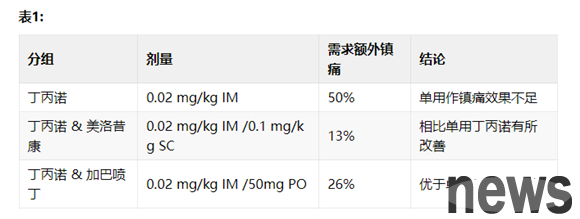
An early case report highlighted the benefits of gabapentin, which is part of a multimodal analgesic strategy for treating large trauma in cats, at which time nonsteroidal anti-inflammatory drugs (NSAIDs) are not suitable for use. 1 The report believes that gabapentin should be considered for such situations in a clinical setting, but also points out that more research support is needed.
After study evaluated the analgesic effect of gabapentin in cats during ovariectomy. 2 The study detailed dose and grouping (see Table 1), while comparing the correlation between the two pain rating systems—the multidimensional composite pain scale and the Glasgow pain scale. Among them, the unverified multidimensional composite pain scale was used to evaluate whether additional analgesic measures were needed, which is a key indicator for evaluating the effect of analgesics.
This study revealed that buprenor alone does not provide sufficient analgesic effects for 50% of cats, which strengthens our understanding of the importance of multimodal therapy. If meloxicam is added to the treatment, we can observe an increase in the comfort level of cats, which has the lowest demand for further analgesia. This suggests that using gabapentin in combination with opioids is more effective than opioids alone when NSAIDs are not available, which is an important message worth taking home. The dose used in this study was 50 mg per cat. However, due to the smaller study size (only 52 cats), more sample sizes are needed to demonstrate statistically significant differences. At the same time, studying the combined effects of opioids, NSAID and gabapentin will also be an interesting direction.
Table 1:
Group Dosage Demand Additional analgesia Conclusion
Buprenorb 0.02 mg/kg IM 50% Insufficient analgesia alone
Buprenorb & Meloxicam 0.02 mg/kg IM /0.1 mg/kg SC 13% Improvement compared to Buprenorb alone
Buprenorb & Gabapentin 0.02 mg/kg IM /50mg PO 26% It is surprising that gabapentin is the highest prescribed cat musculoskeletal (MSK) pain treatment drug on VIN using buprenor alone, given that we have approved and effective treatment options such as NSAIDs and frunevetmab. At present, there are very limited research on gabapentin as a treatment for chronic analgesia in cats.
In a study involving 20 cats, the researchers used a dose of gabapentin 10 mg/kg every 12 hours and compared it with a placebo. 3 The results of the study include customer-specific outcome measures (CSOMS), mobility assessment, and cat owner-evaluation of quality of life (QoL). Cats participating in the study were treated with gabapentin or placebo for two weeks, and then the exchange group continued for two weeks.
The quality of life evaluated by the owner in cats treated with gabapentin has been improved. Its mobility was evaluated by an accelerometer mounted on the cat's collar, and the results showed a decrease in activity, a change attributed to the sedation effect.
This small-scale study shows that gabapentin may be beneficial for treating chronic pain in cats, but an appropriate dose needs to be determined to avoid triggering sedation effects. Therefore, it is recommended to start with a lower dose – 5 mg/kg twice daily – and gradually increase the dose as needed. At the same time, we cannot ignore the impact of the placebo effect, given that there are other approved treatment options on the market, relying entirely on gabapentin as the only treatment for chronic pain in cats may not be the best option.
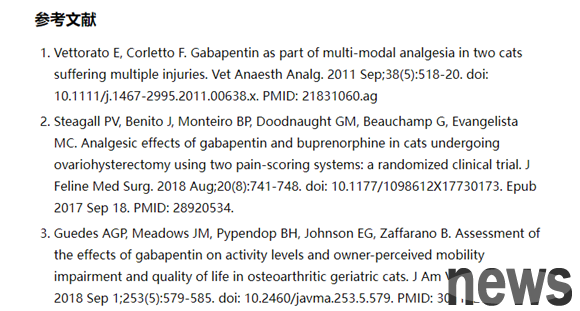
Application of gabapentin in anxiety relief for cats
There are currently two studies that explore the effect of using gabapentin as a sedative in healthy cats.
The first study used 100 mg of gabapentin capsules for all participating cats. This leads to a wide dose range due to the different weight of the cat. Researchers
found that the 20 mg/kg dose was best used 1-2 hours before visiting the veterinary doctor, which became the basis for the recommended dose. 4
Another study evaluated the effect of gabapentin on the “capture, sterilization and return” program. 5 Due to the use of fixed-sized capsules, the researchers used a dose range of 9-47 mg/kg for cats of different weights. The study found that the effect was the most significant two hours after dosing.
By using gabapentin in liquid form, the optimal dose of 20 mg/kg can be provided to cats accurately. In a recent study, researchers evaluated the effect of administering 20 mg/kg gabapentin to hyperthyroid cats 1-2 hours before heading to the clinic. 6 This is a placebo-controlled study, and the results showed that cats in the gabapentin group were significantly more relaxed during their trip to the hospital and were more cooperative when they were tested (examination, blood draw, blood pressure measurement).
Nevertheless, we need to note the side effects of gabapentin at this dose, including the sedation that may last up to 8 hours. Therefore, this higher dose of gabapentin is designed primarily for single treatment of anxiety. If you plan to take the cat home, you must inform the cat owner to keep the cat indoors to prevent it from jumping.
Dose Overview
Acute Pain: Twice a day, 5-10 mg/kg each time.
Chronic Pain: The initial dose is 5 mg/kg twice a day, and can be increased to 10 mg/kg if necessary.
Sedation: A one-time dose is given 1-2 hours before, 20 mg per kg of body weight.




